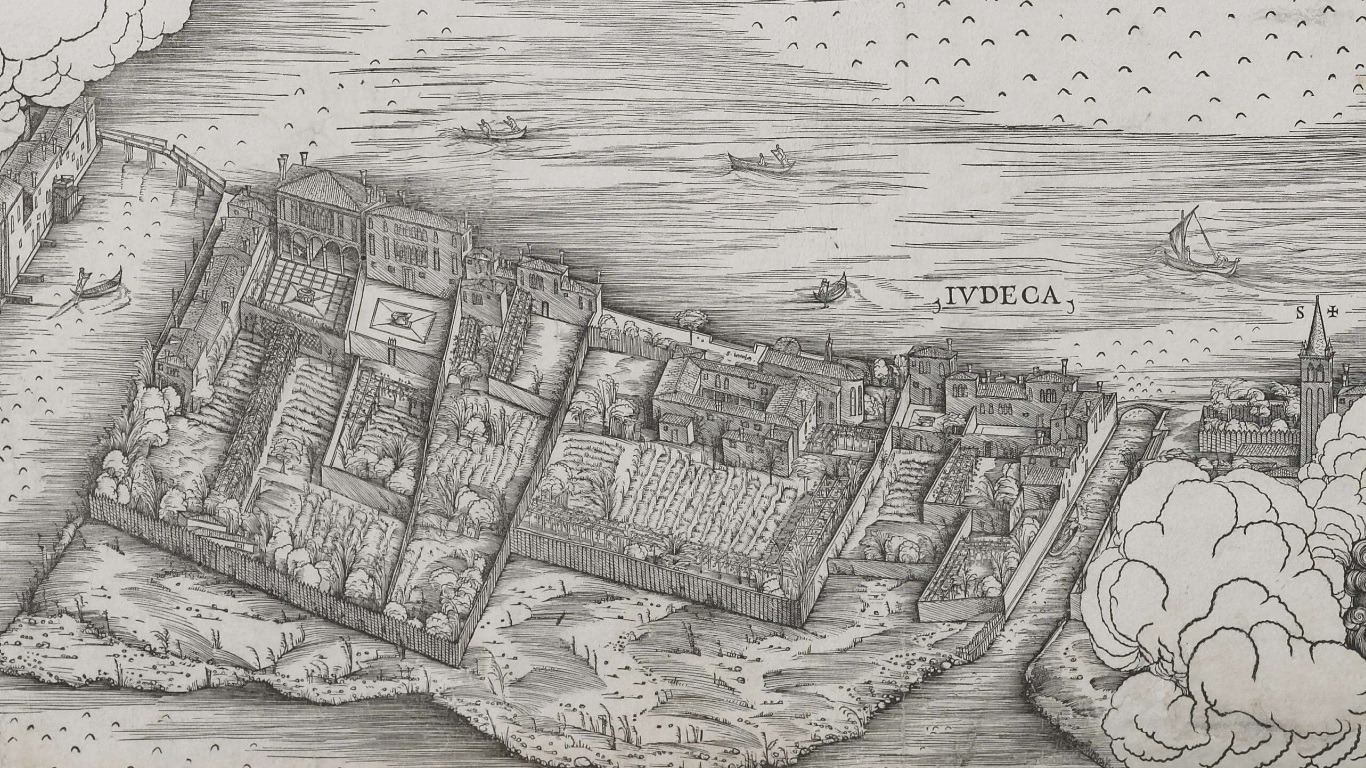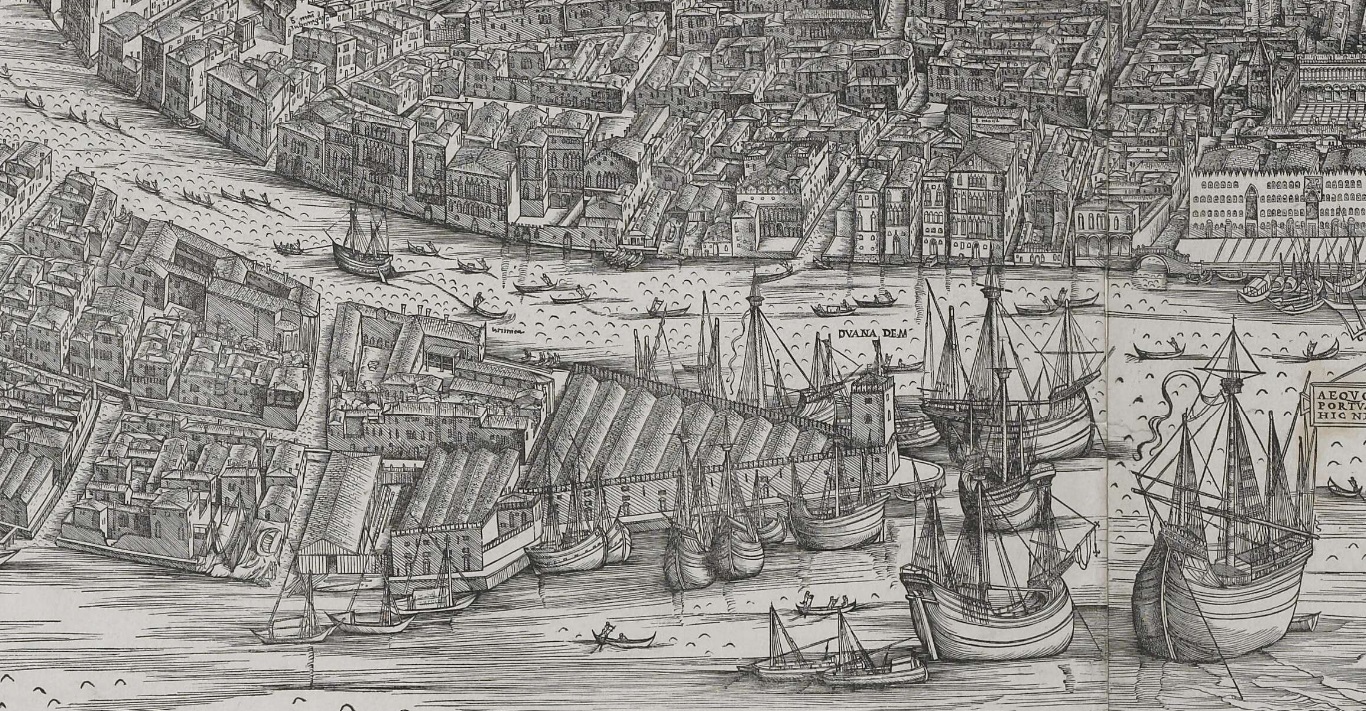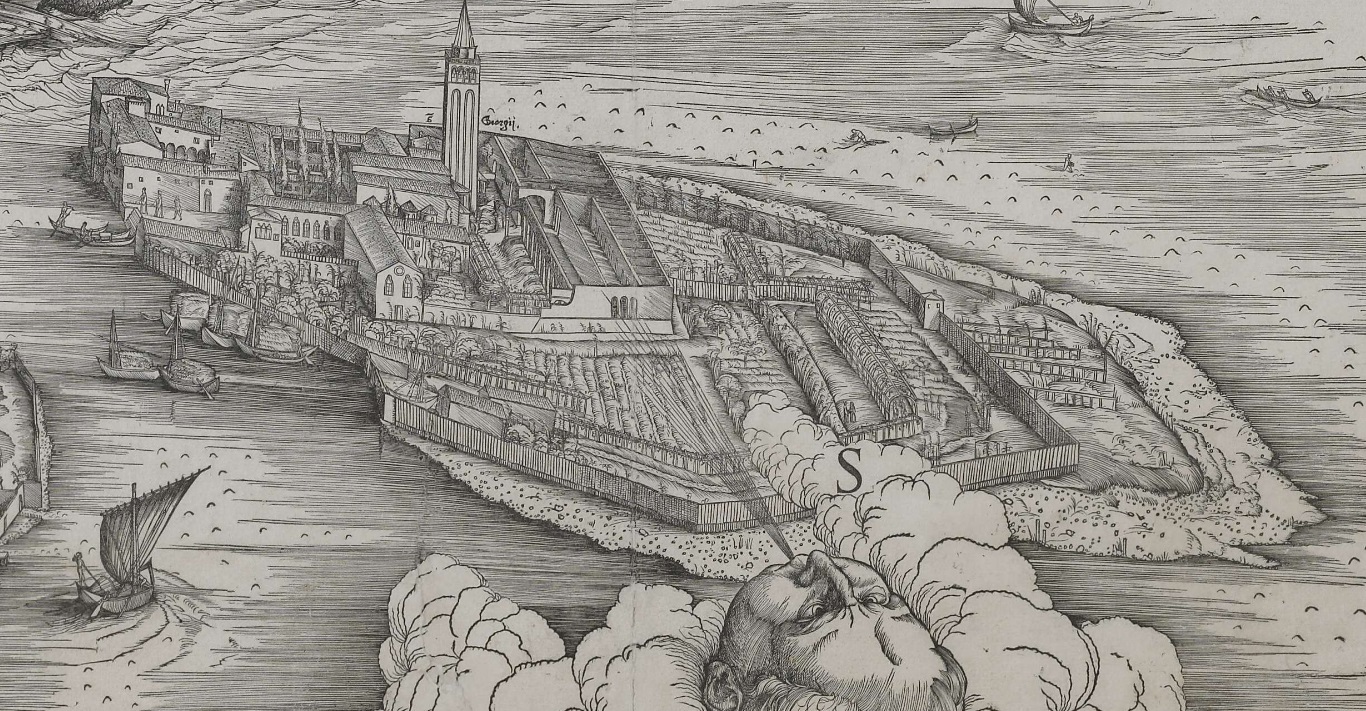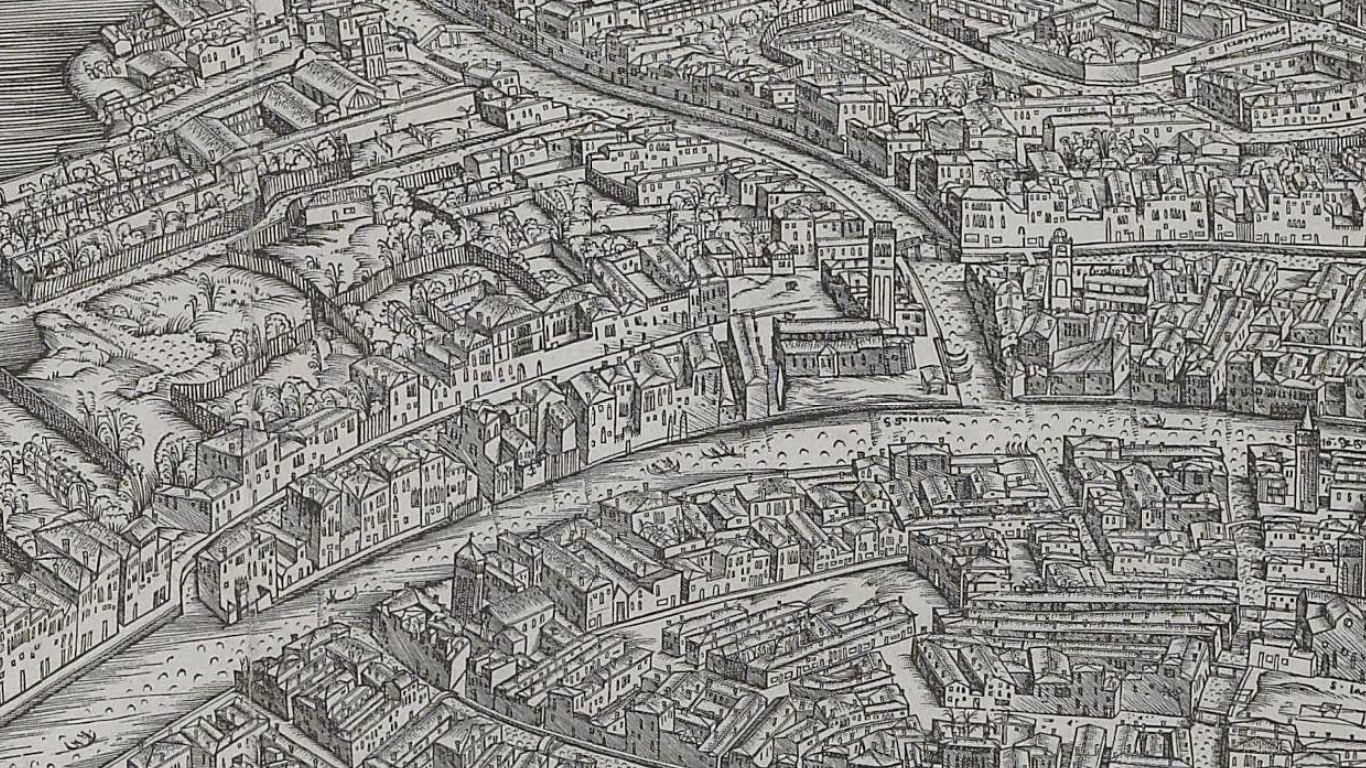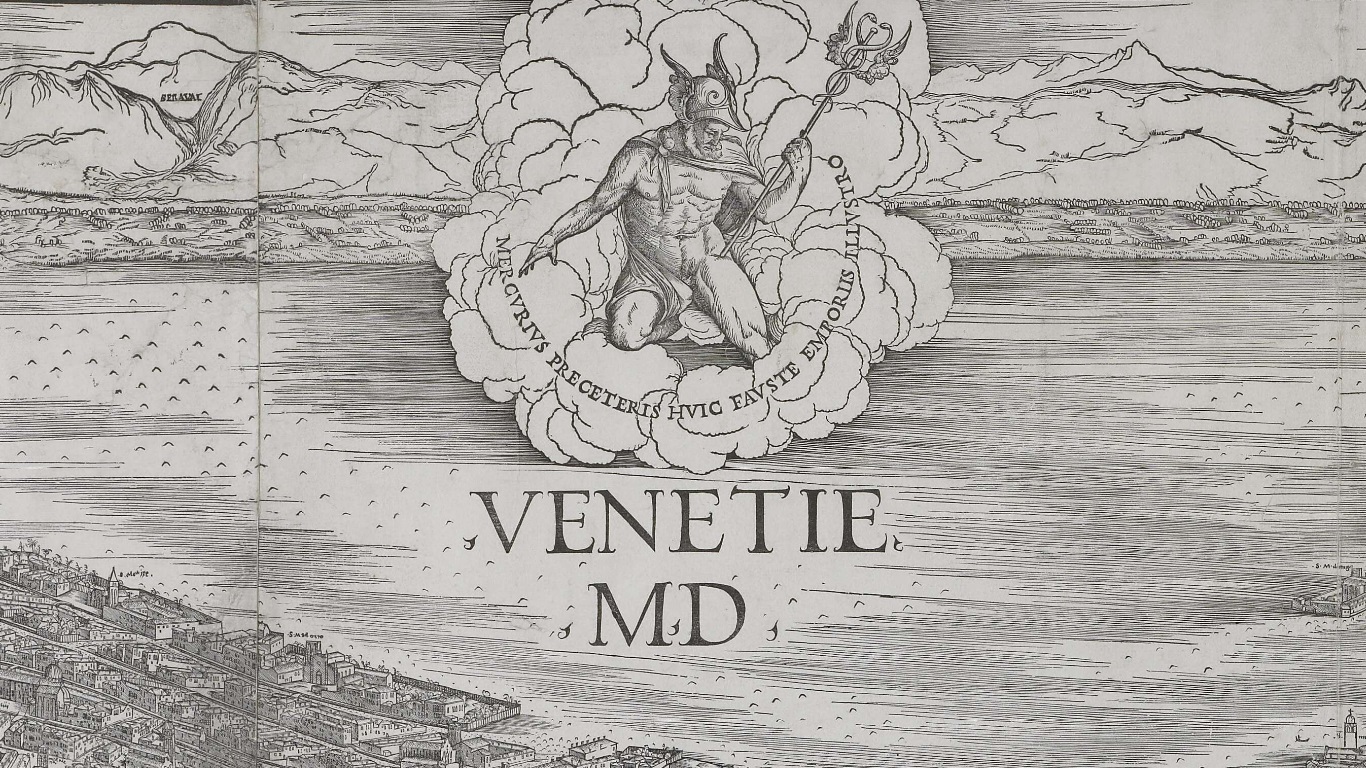
View of Venice, or the Barbary Map is a masterpiece of graphic art, an engraving measuring 1.3x2.8 meters, created in 1498-1500. by Italian artist Jacopo de' Barbari. Due to the highest quality of the drawing, the authorship of the panorama was attributed to Albrecht Dürer for a long time. In the 18th century, this idea was questioned. The work was identified by the image of Mercury in the upper part, with which Barbary often marked his works.

The engraving depicts Venice and several nearby islands (Burano, Giudecca, Murano, etc.). In the picture you can see residential buildings, churches, palaces, bridges, gondoliers move along the canals, some objects contain names. Barbary enlarged many of the buildings a little to emphasize their significance. For example, the Doge's Palace is depicted 50% larger than it should be in comparison with adjacent houses.
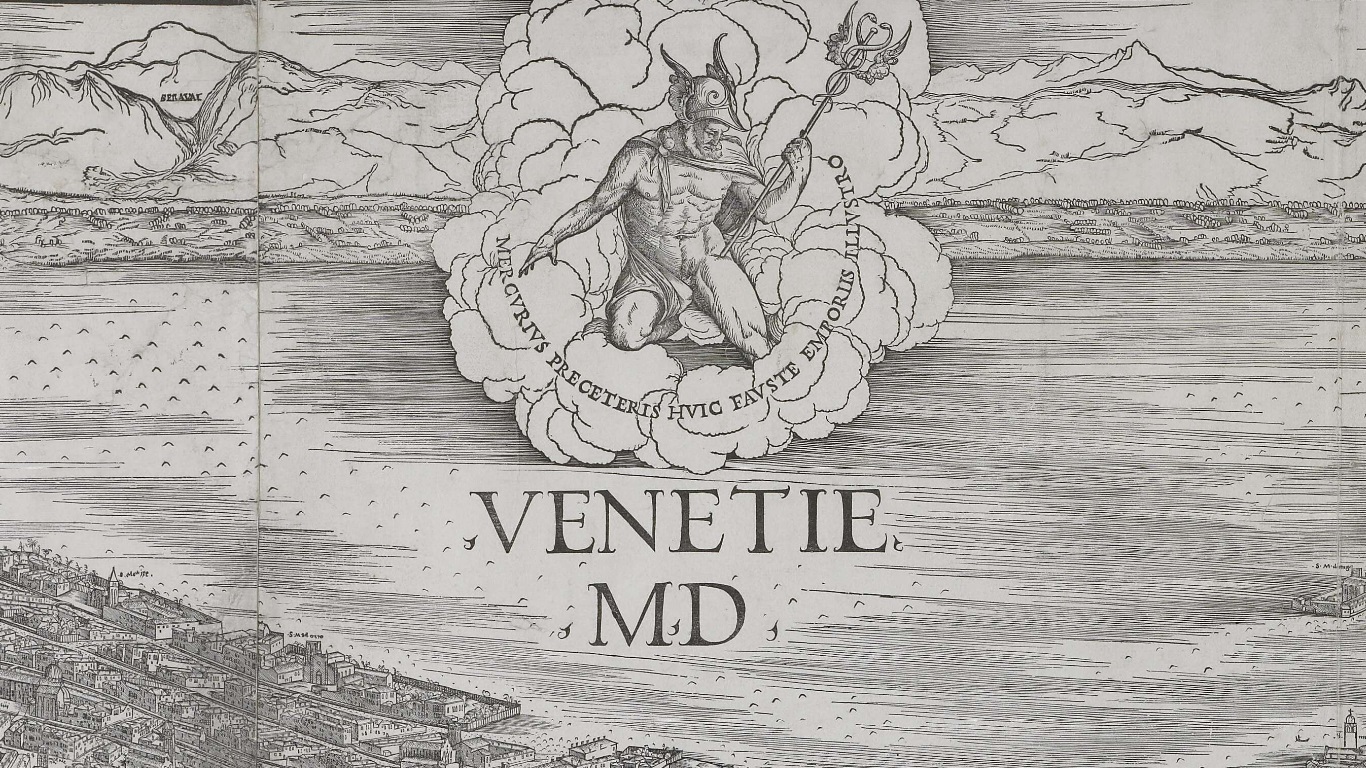
In the autumn of 1500, the publisher Anton Kolb received from the authorities of the Republic of Venice the exclusive right to reproduce the resulting prints for four years. Since a lot of expenses went into printing a panorama, the cost of each copy was at least 3 ducats. The Barbary map was bought by wealthy collectors, who treated it as a work of art and not a topographical image intended for work. This is confirmed by a fairly large number of surviving copies from the first issue (more than ten cards), and even more from subsequent ones.
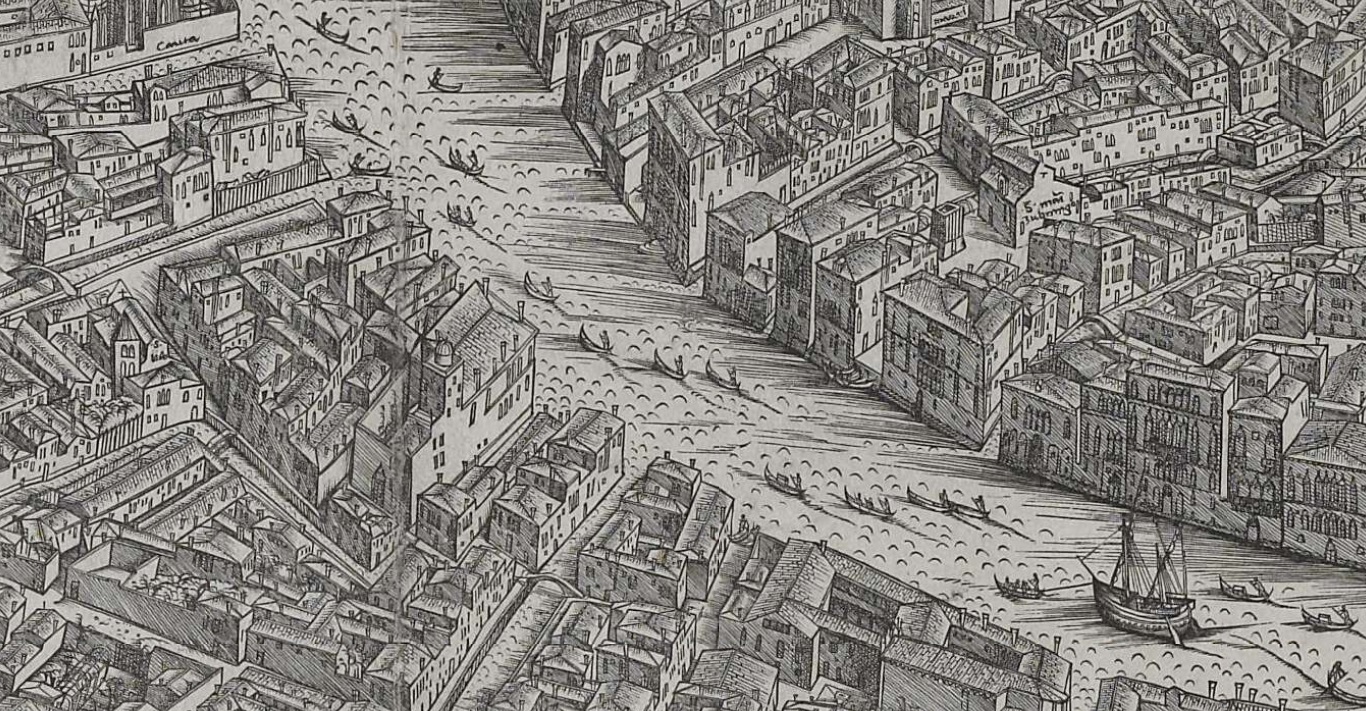
After the release of the first print run, the map was slightly corrected, after which a version with changes was printed. In a panorama published in 1500, you can see the bell tower of St. Mark with a temporary roof installed after lightning hit the building in 1489. The 1514 version contains an image of the restored bell tower, which was rebuilt after the earthquake of 1511, while the date indicated in the first edition was deleted. Later, the third edition of the panorama appeared: the bell tower is again depicted with a flat roof, but several other elements included in the second edition were not removed.

Today, the very first prints of the map can be seen in the British Museum, the National Library of France, the Museum of Fine Arts in Boston, the Querini Stampaglia Foundation in Venice and many other cultural institutions and organizations.
